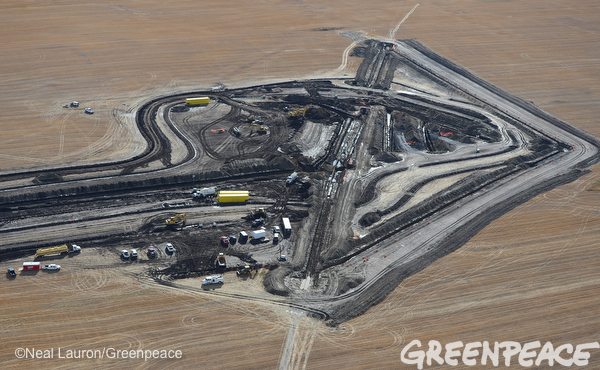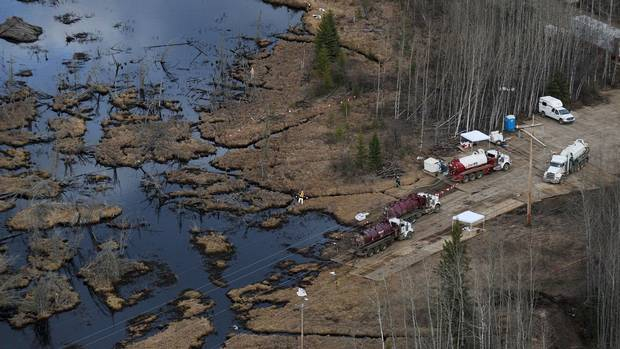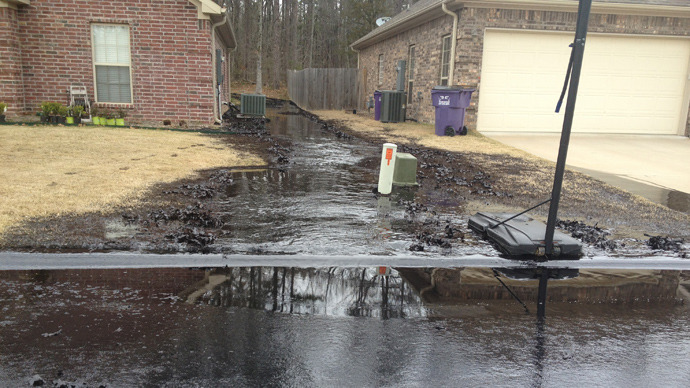Protest in defense of the environment!
Posted: Thu Mar 16, 2017 7:44 pm

Funny how they don't walk the walk.





Ahhhhh, yep.callmeslick wrote:they probably may have done a better job of picking up had they not been forced out with water cannons, fires and dogs. Just sayin'
Sorry, thought it was still broken.Tunnelcat wrote:You could also look at that image and see that they were a dedicated bunch and very desperate to stay warm.
Why'd you change the photo NS? The first one showed your point just fine.
http://www.washingtontimes.com/news/201 ... -murder-r/There reached a point when the Dakota Access protest became less about debating the merits of pipeline routes and more about mixing it up with cops.
That’s when the danger spiked for officers and their families. While protesters were fueling worldwide outrage and fundraising over allegations of police brutality, an aggressive cohort of agitators was terrorizing the families of law-enforcement officers with threats of death, rape and arson.
“There were threats made to us, mostly that they were going to come burn down our houses or rape us while our husbands were gone,” said Allison Engelstad, who’s married to Jon Engelstad, a sheriff’s deputy in Morton County, North Dakota.
She had good reason to fear that protesters knew where they lived. The North Dakota State and Local Intelligence Center compiled a 41-page document of social media posts with threats along with photos, names, addresses and contact information for officers involved with the protest.
“Every one of these cops has familys [sic] … Make there [sic] family pay,” read one Facebook post.
A live video feed taken from a January protest on the Backwater Bridge includes the voice of an activist shouting, “We’re going to gang-rape,” “Watch your family,” and “We’re going to kill your daughters, your mothers, your fathers, your grandparents, even you!”
For Ms. Engelstad, the threats hit home the night before Thanksgiving, when her husband called and urged her to leave, saying protesters had threatened to set fire to the houses of law enforcement locked in a late-night standoff at the bridge near Cannon Ball, North Dakota.
Ms. Engelstad woke up their three boys and drove across town to her parents’ house. One of the boys brought with him a baseball bat for protection.
“No one was going to hurt his family as long as he had anything to say about it,” she said.
She and other officers’ spouses were careful to avoid drawing attention to themselves during the heat of the protest, but agreed to speak with The Washington Times about the toll on their lives and those of their families as the demonstration that has rocked south-central North Dakota since August winds down.
Most protesters have left the area following the Feb. 23 evacuation of the protest camps located on federal land. Oil could begin flowing through the 1,172-mile, four-state pipeline as early as Monday after a series of court rulings against tribes fighting to stop the project.
At least two camps remain, one called Sacred Stone located in part on tribal land and another on a lot recently leased by the Cheyenne River Sioux, but their numbers are far fewer than the thousands who occupied for months the floodplain along the Cannonball River.
Elsewhere, however, the anti-pipeline movement has taken off, with protest camps being erected in seven states: Florida, Iowa, Oklahoma, New Jersey, Pennsylvania, South Dakota and Texas.
“They’re already set up in Iowa,” said Carla Arndt, whose husband, Derek, works for the North Dakota Highway Patrol. “And you don’t want another community to have to be torn apart or for things to go the way they did here.”
She and others living in the Bismarck-Mandan area can point to the day things took a turn for the worse — Sept. 3, when protesters marched to the pipeline construction site and clashed with private security and guard dogs.
Morton County Sheriff Kyle Kirchmeier later said that the dog handlers were not properly licensed, but even though his department was not involved in the confrontation, the viral video and national media coverage drew an influx of protesters with an anti-cop agenda.
“Some people were about engaging the police,” said Ms. Arndt. “It was a narrative they kept because it drove a lot of money coming in and it drove a lot of people, but it also brought in people you wouldn’t want as your neighbors. There were reasons for officers to be concerned about their safety.”
Figures released March 1 by law enforcement showed that 661 of the 709 arrests involved out-of-state protesters. Of those arrested, 227 had a total of 1,503 previous citations and charges, including domestic violence, child abuse, robbery, burglary, drug possession and driving under the influence.
“I’d say once the so-called paid protesters showed up, it became way more about anti-law enforcement than it was about the water,” said Ms. Engelstad.